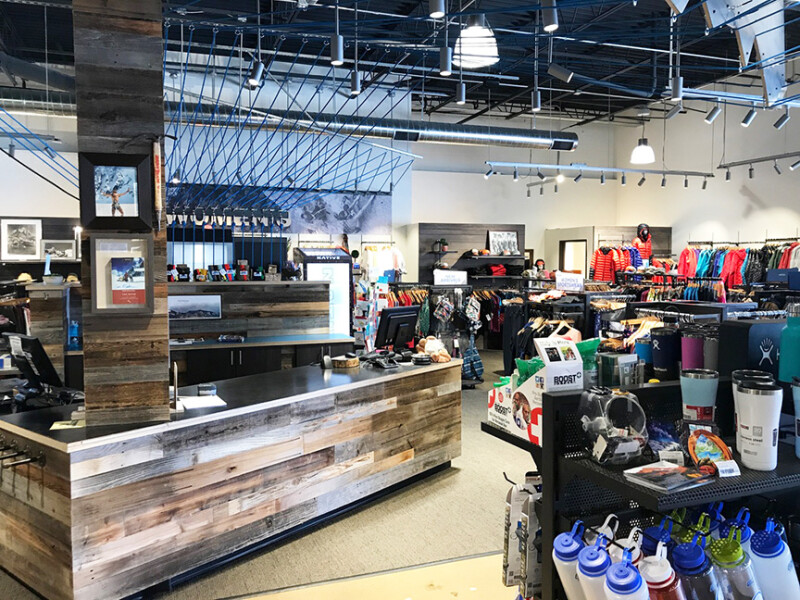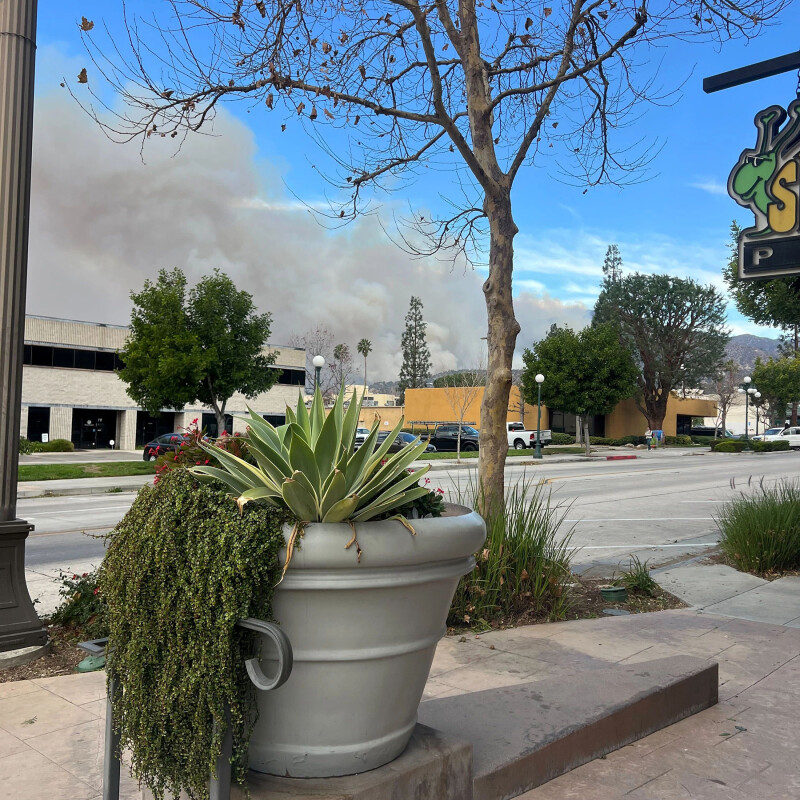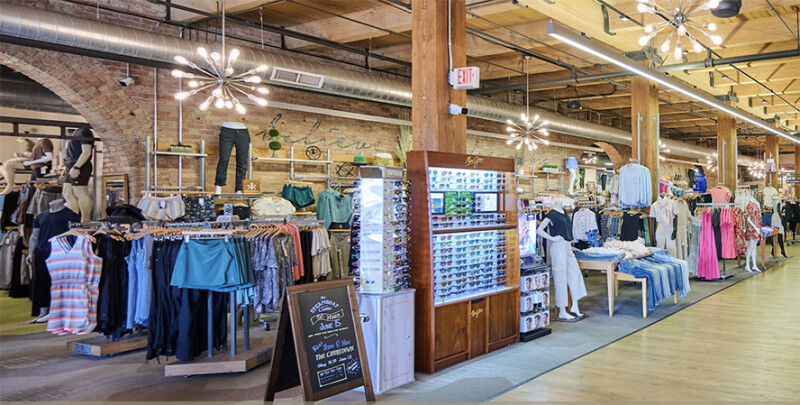What might a running store possibly learn from a bowling center? Or a financial services firm? Or quick-service restaurants, human-centered designers, Chicago-style improv or bridal boutiques?
At first glance, not much.
Dig deeper, though, and it turns out some of the practices regularly deployed in other fields can deliver rich ideas capable of boosting a running store’s performance and driving a healthy, sustainable business.
At the 2023 edition of The Running Event, Running Insight senior writer Danny Smith will leverage 23 years of business reporting to show just how much running stores can gain by stepping beyond their four walls and examining operations in external, even vastly different, fields.
Smith’s 45-minute program – “Beyond Your Four Walls: Lessons and Ideas You Can Take from Other Industries to Propel Your Running Store” – is one of more than 20 education sessions on tap for the conference portion of The Running Event on Tuesday, Nov. 28. Smith’s presentation is scheduled for 1:15 p.m. following the event’s keynote presentation from Melissa Gonzalez of MG2 and The Lionesque Group.
“There’s no question you can gain a lot from your running retail peers about advancing your business. After all, your fellow running store owners and operators possess frontline knowledge, entrepreneurial energy, creativity and hustle alongside a remarkable willingness to share ideas,” Smith says. “But when we explore what others do to be successful in marketing, operations, management and the like, we’re going to find novel approaches and practices capable of driving success in the running store environment as well.”
A History of ‘Borrowing’
Smith says the running industry, including run specialty stores, has a fruitful history of taking successful ideas from one arena and adapting them to the running world.
Long before compression socks and calf sleeves peppered run shop walls, for instance, the hosiery had a strong foothold in the medical market. And well before bone-conduction headphones became a wonderful add-on sale for running stores, the military deployed the technology in the field. Both innovations were well-established in one market before being redesigned for the running and fitness market.
“Think of the sales running shops have generated from the repackaging of those two products alone,” Smith says.
Run shops, meanwhile, have taken ideas like referral prescription pads, which primary care physicians have long used to scribble recommendations to a specialist, and online appointment bookings and used them to corral new customers and elevate customer service.
“We have many great examples of the running industry taking products or practices in one field and morphing them for the running marketplace,” Smith says.
And it can continue to occur, Smith assures, particularly on the retail front.
Over the last two decades, Smith has written for a variety of niche business audiences, from restaurants and jewelers to bridal shops and bowling centers, and identified intriguing parallels – and compelling opportunities. Regardless of one’s industry and how different it might seem, Smith reminds that many small businesses are fighting the same battle.
“Whether you’re selling a $150 pair of running shoes or a $5 hamburger, there are universal questions we’re all facing as small business owners,” Smith says. “How do we attract new customers? How do we retain quality staff? How do we effectively and economically market the business? How do we create a business built for long-term success?”
Business-driving Ideas
In evaluating other fields and actively looking for inspiration, Smith says running retailers can find ideas, solutions and strategies to inform their work.
“Yes, something may need to be morphed and massaged and re-imagined, but it can apply and help your business,” says Smith, who has been involved with the run specialty industry since 2003, including nine years working at a running specialty store.
Smith’s TRE program will spotlight specific examples of other industries whose efforts can inform running stores. For example:
• Human-centered designers provide a new way to think about the customer experience.
• Financial services firms demonstrate how we can capture customer insights and build a more customer-centric store.
• Chicago-style improv offers a two-word strategy to bolster customer relations and foster a more collaborative workplace environment.
• Bowling centers showcase the value of formalizing peer connections.
• Quick-service restaurants demonstrate how to use data to inform business decisions.
• Full-service restaurants present a savvier method to evaluate job candidates.
• Bridal boutiques highlight the value of creating VIP experiences to cultivate deeper connections and spur sales.
Learning From Others
“On their surface, these businesses seem to have nothing in common with running stores, but there are definitely nuggets we can pull out to guide our work in run specialty retail,” says Smith, who will also show different ways running stores are currently deploying these concepts in their operations.
Through these examples and others, Smith hopes to inspire running retailers to look for ideas, solutions and strategies both with and beyond their running store peers.
“The run specialty marketplace is undoubtedly filled with enterprising and creative people whose insights and support will help your business performance,” Smith says. “I simply hope to encourage running store leaders to look beyond their peers as well, so they can discover even more ideas to maximize their potential and earn the results they work so hard to achieve.”







